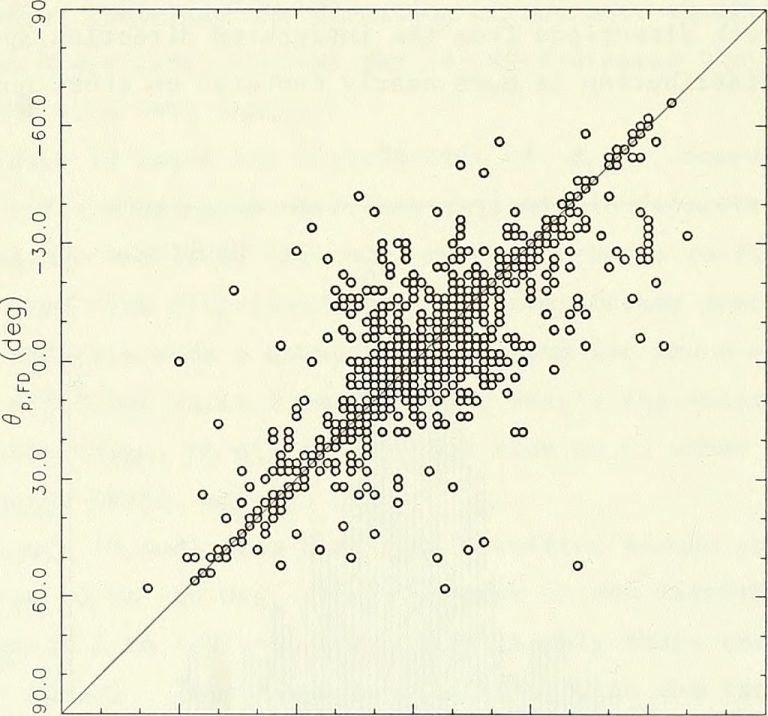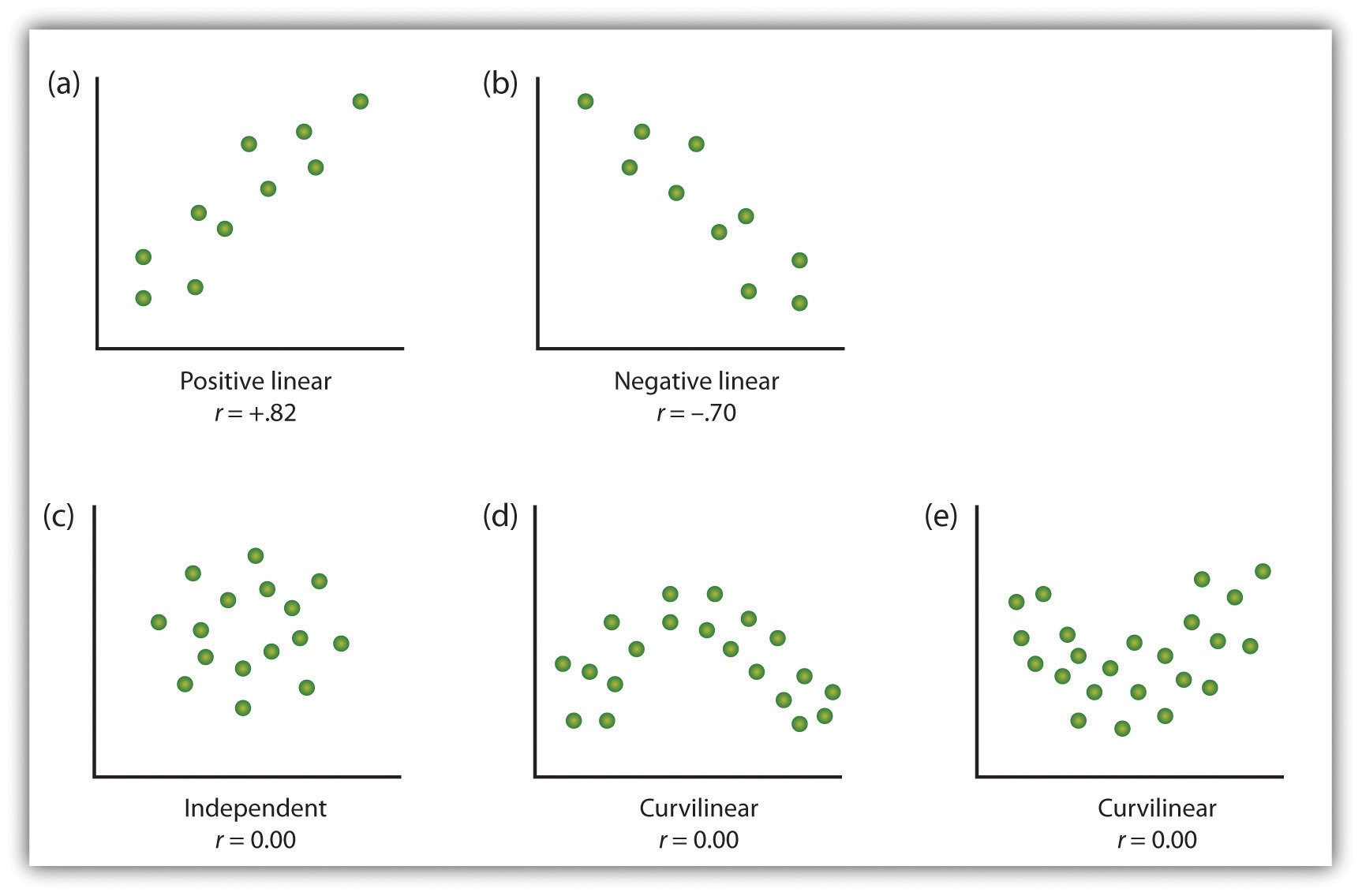

Scatter plots negative correlation examples how to#
You can click this link to learn how to get a quick scatterplot using your TI83 or TI84 calculator: Making a scatterplot with your graphing calculator.In many studies, we measure more than one variable for each individual. Now that you have seen how to read a scatterplot, the natural question may be “How do I make a scatterplot using a dataset?”. There is only one shipment with a weight just below 7 pounds. (d) One of the shipments weight a little less than 7 pounds. Since the weight was the response, we are looking for the point with the largest value on the vertical axis.įrom this picture, you can see that the heaviest shipment was 8 pounds. (c) What was the heaviest shipment Caitlyn made?

The points aren’t that close together, nor are they that far apart so this pattern isn’t really weak or strong. That is, as the number of books increases, the weight of the shipment also increases. That means that there is a positive association between the number of books in each shipment and the weight. (b) Describe the association between the two variables. Here, the predictor is the number of books and the response is the weight of the shipment. The predictor is always plotted along the horizontal axis and the response along the vertical. Remember that when using a scatterplot, the idea is to understand how the response responds to changes in the predictor.

How many books were in this shipment? (a) What has Caitlyn used as the predictor? What about the response? (a) What has Caitlyn used as the predictor? What about the response? Use this scatterplot to answer the following questions. She plotted the data in the scatterplot below. In order to better predict her costs, she has been collecting data on the number of books in each shipment she has sent and the weight of the shipment. ExampleĬaitlyn has started a business selling textbooks and novels online. For scatterplots with linear patterns, the correlation coefficient can be used to better understand this strength. It can be somewhat subjective to compare the strength of one association to another. This is true whether the pattern is linear, nonlinear, positive, or negative. The strength of the relationship or association between two variables is shown by how close the points are to each other. This is seen as a linear pattern that falls from left to right. In a negative pattern, as the predictor increases, the value of the response decreases. This shows up in the scatterplot as a linear pattern that rises from left to right. In a positive pattern, as the value of the predictor increases, so does the value of the response. If there is no clear pattern, then it means there is no clear association or relationship between the variables that we are studying.Īs you can see above, linear patterns can be thought of as either positive or negative. Whatever the pattern is, we use this to describe the association between the variables. Scatterplots with a linear pattern have points that seem to generally fall along a line while nonlinear patterns seem to follow along some curve. In general, you can categorize the pattern in a scatterplot as either linear or nonlinear. Each point represents the value of the response for a given value of the predictor. Using this terminology, a scatterplot is used to understand how the response responds to changes in the predictor. Given a scatterplot, the variable on the horizontal axis is the predictor (or independent variable) and the variable on the vertical axis is the response (or dependent variable). Questions like “When the temperature increases, do gas prices also increase?” or “How are changes in the price of gas related to the number of miles people drive each month?” can be answered by studying the pattern in a scatterplot. Scatterplots are used to understand the relationship or association between two variables.


 0 kommentar(er)
0 kommentar(er)
